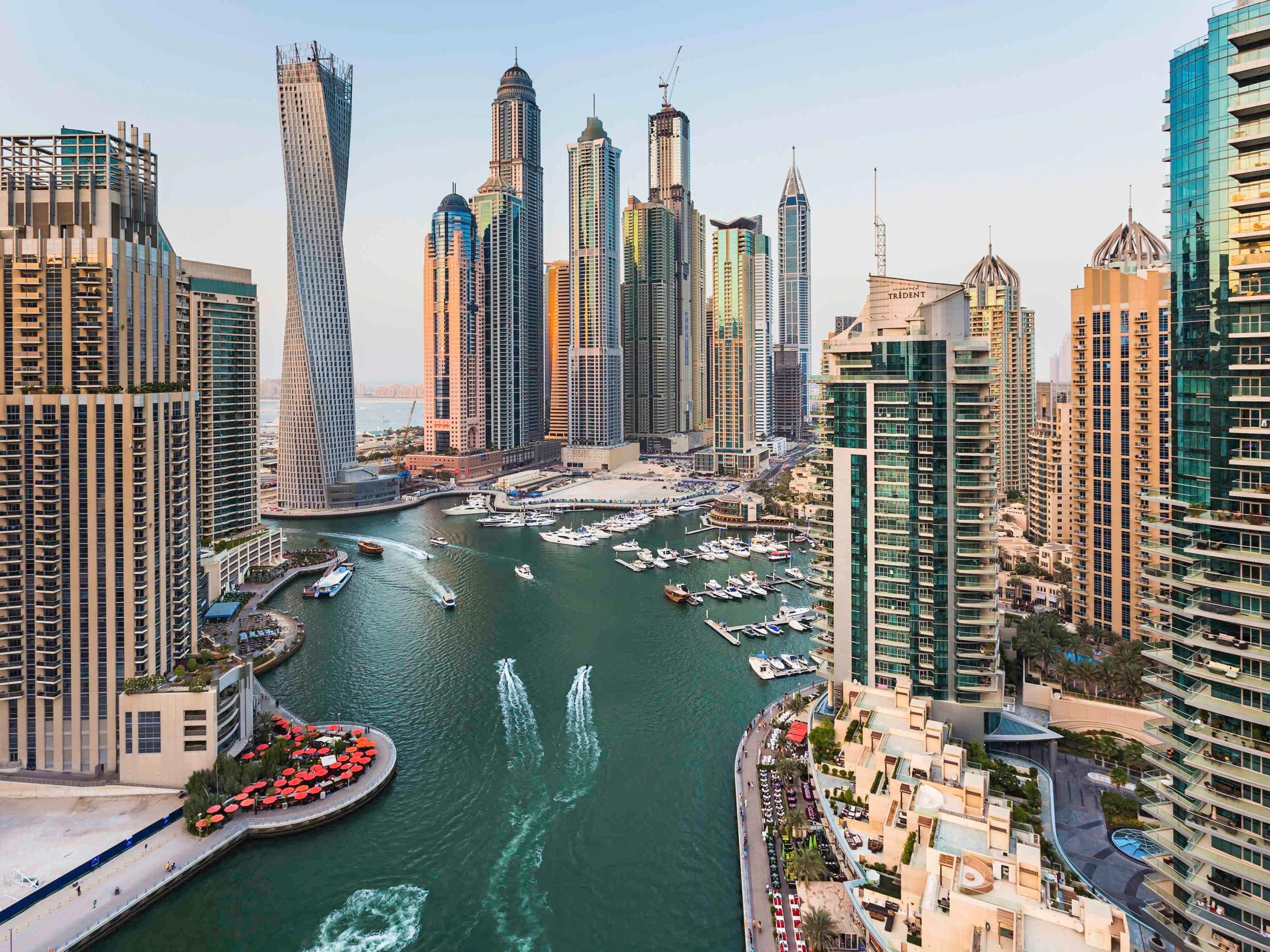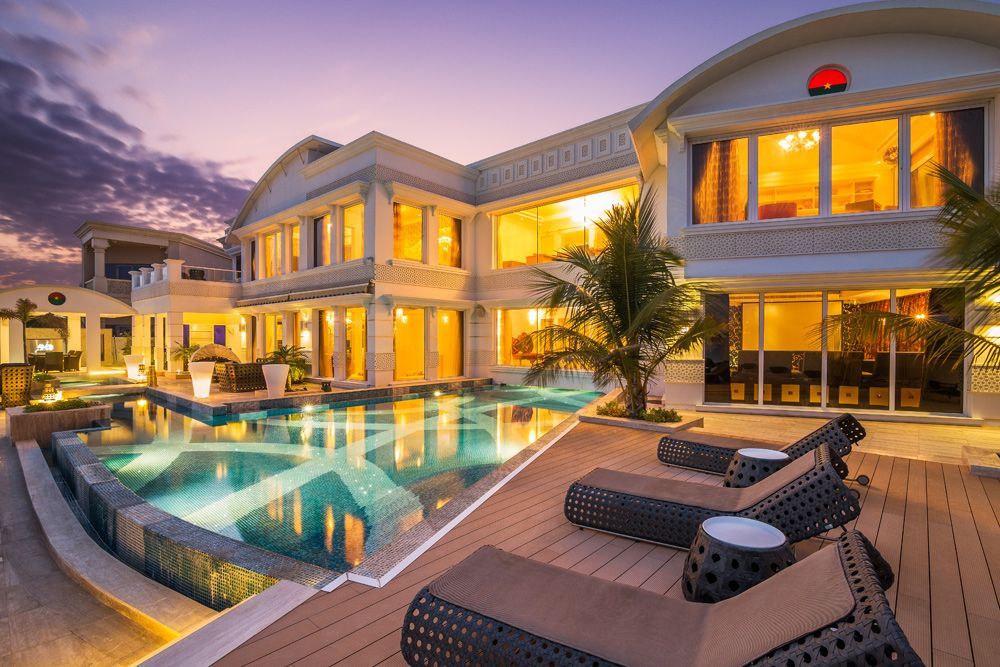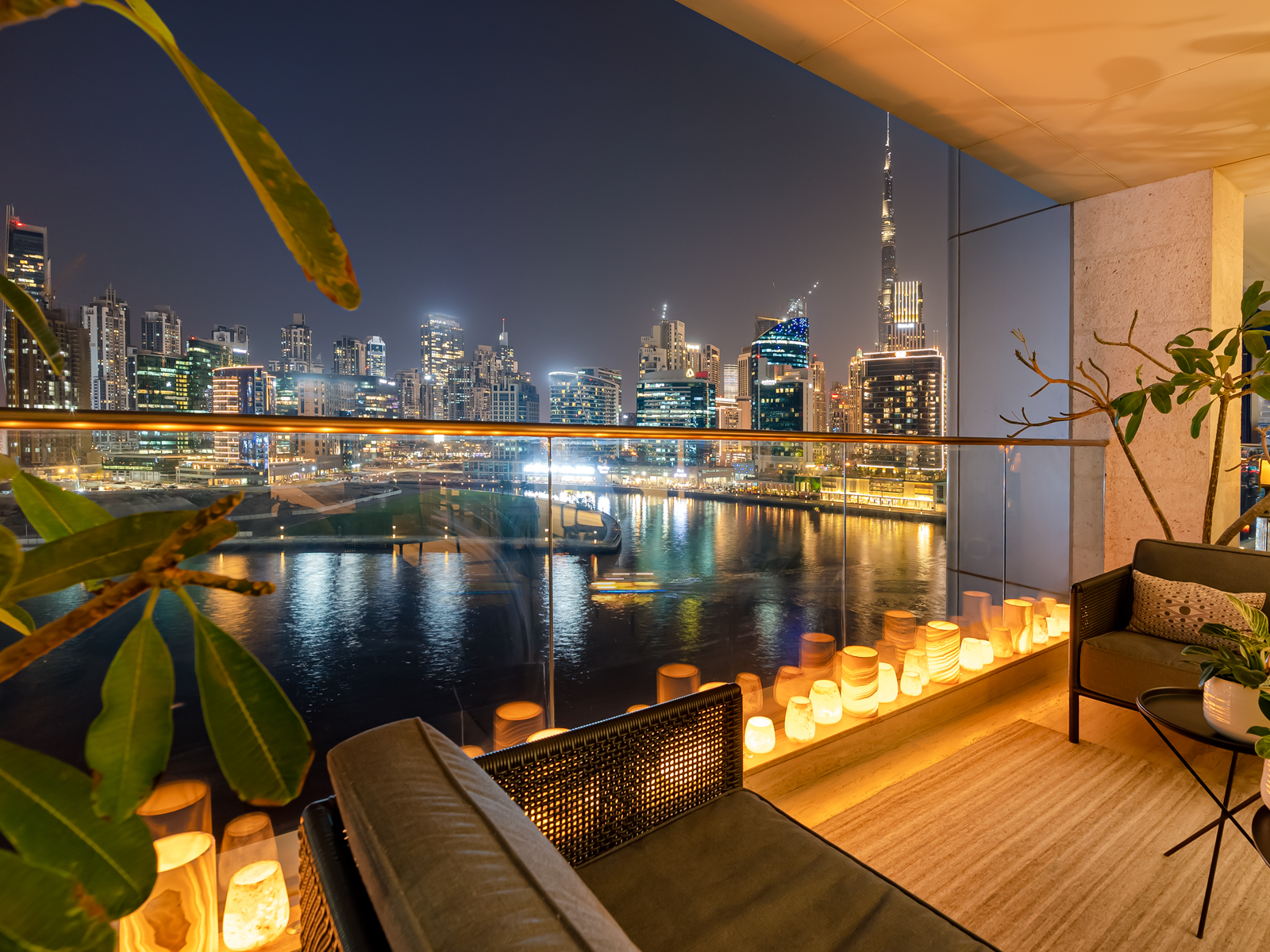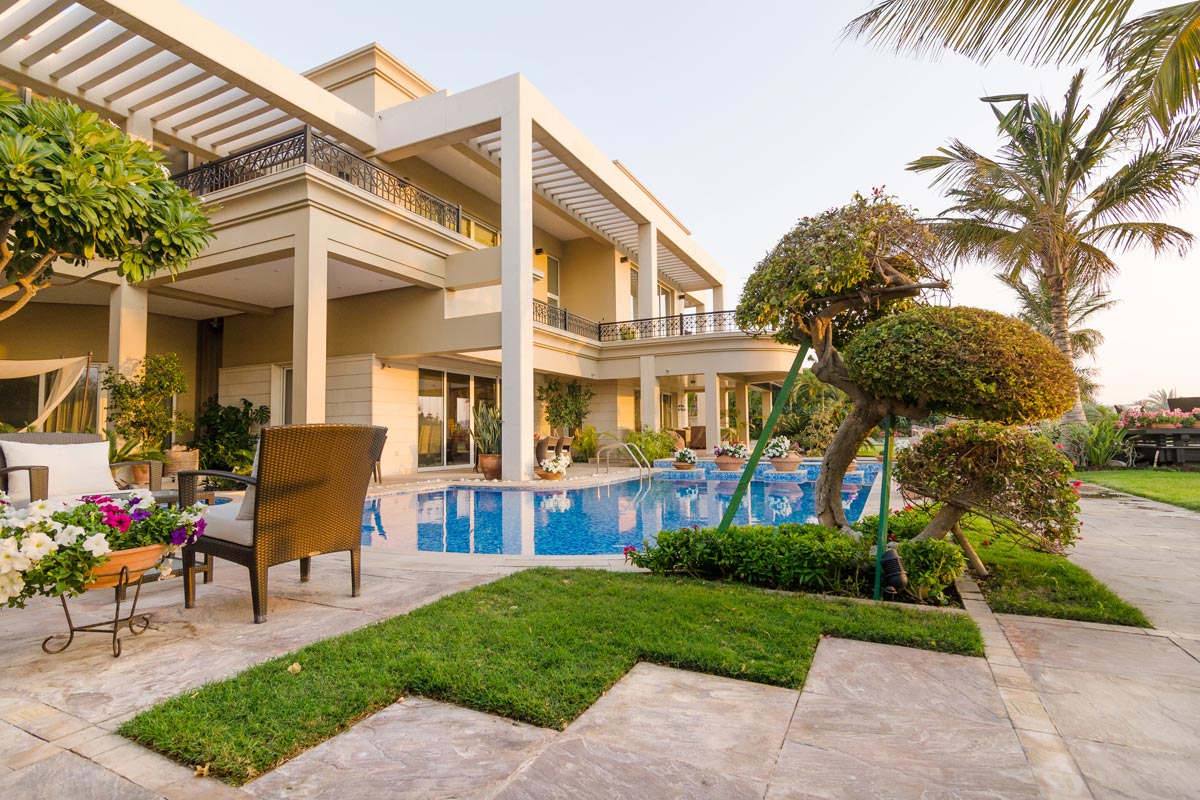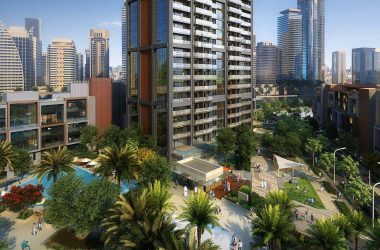According to the latest data, residential property prices in Dubai have continued their upward trajectory, marking the eleventh consecutive quarter of growth with a 5% increase. Over the past year, flats in Dubai South have seen an astonishing 73% price surge.
Knight Frank, a real estate consultancy, reports that average residential property prices in Dubai rose by 5% in Q3 2023. This represents a 30% increase since Q1 2020 and a robust annual growth rate of 19%. However, despite this sustained growth, prices are still 7% below their peak in 2014.
Faisal Durrani, Partner and Head of Research for MENA, highlights that secondary market sales accounted for 51% of transactions in the first nine months of 2023, indicating a significant proportion of end-user buyers. In contrast, Dubai’s primary markets contributed only 4.8% of total transaction value.
Ready homes recorded sales of AED 104.9 billion for the first nine months of the year, while off-plan market sales amounted to AED 100 billion ($27.2 billion).
In Q3 2023, apartment prices in Dubai increased by 5.1%, reaching over AED 1,300 per square foot. This marks a 26% increase from Q1 2020 but is still 10% below the peak prices observed in 2014.
Between June and September, the average price of a Dubai villa increased by 4.5%, reaching AED 1,580 per square foot. This represents a substantial 57% rise since Q1 2020.
Over the past year, apartment prices in neighborhoods like Dubai South surged by 73%, Jumeirah Lakes Towers by 67%, and Umm Suqeim Third by 37%. Dubai South villas saw the most significant quarterly price increase, rising by 33% in Q3.
The Palm Jumeirah remains the most expensive apartment submarket, with prices per square foot reaching AED 3,390, a remarkable 122% higher than Q1 2020 levels.
Cash purchasers continued to dominate the market, accounting for around 80% of transactions in Q2 2023. This trend helped shield the market from rising borrowing costs and contributed to record sales in 2023.
Looking ahead, Knight Frank forecasts that Dubai’s population is expected to reach 7.8 million by 2040, necessitating a substantial increase in residential development. Currently, only 368 homes are under construction in prime markets. Excluding branded residences, approximately 77,874 homes are slated for delivery by 2028, a figure significantly lower than historical building rates.
The report notes, “In the past, Dubai’s residential property market has been affected by oversupply, which has hindered capital value growth. However, developers have been measured in addressing the current demand, leading to noteworthy price appreciation.”
Durrani points out potential risks, including a global economic slowdown and regional tensions that could impact the local economy, potentially leading to higher oil prices and global inflation. These factors could result in higher interest rates, dampening demand in the market.
